Sustainability Trends in Data Centers
Although more and more data centers have become more conscious of sustainability over the past decade, data centers remain one of the world's largest consumers of electricity as data demand is growing exponentially.
According to the EU JRC, the information and communication technology (ICT) sector, including data centers, generates 2% of global CO2 emissions. According to the Mandipiai (MDPI) journal, its share of CO2 emissions is expected to rise to 8 percent by 2030 if no further measures are taken.
For data centers, the electricity used to operate equipment and cool facilities accounts for about 86% of the total data center energy consumption, with cooling alone accounting for 40%.
According to Hong Kong IDC New Horizon Interconnection, under pressure from multiple sources including regulators, investors and consumers, the data center industry has taken action to study and adopt sustainable operating models in an attempt to limit its impact on climate change. Many data center companies, led by massive corporations such as Google, Microsoft and Amazon, have also made commitments to operate data centers with renewable or carbon-free energy by 2025 and plan to achieve climate neutrality by 2030.
According to a recent study by Global Market Insights, the green data center market is expected to be valued at more than $175 billion (approximately RMB 1.2 trillion) by 2030.
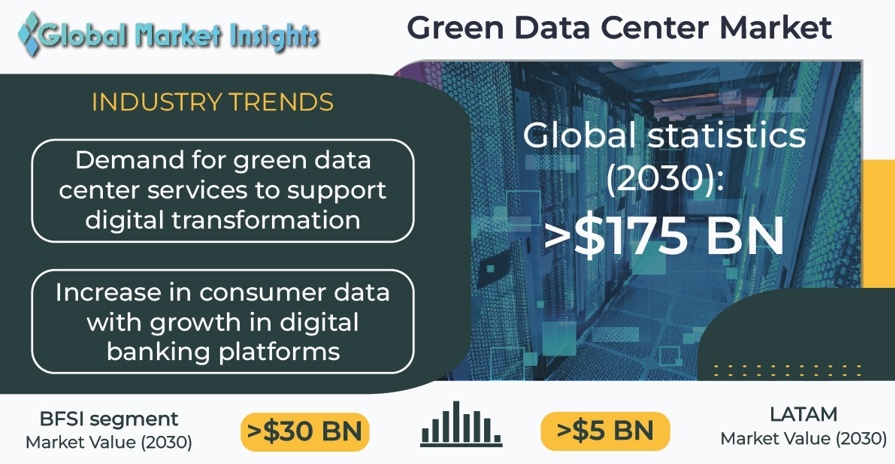
Data centers reflect the ratio of total data center energy consumption to IT load energy consumption through the energy efficiency index (PUE), and the closer the PUE value is to 1, the more efficient the energy use is.
Data centers take up 3% of the world's electricity, how should the energy problem be solved?
In order to bring data center PUE closer to 1 and move closer to sustainable data centers, whether building new data centers or converting old buildings into data centers, there may be PUE requirements for data centers around the world in recent years to design data centers from the perspective of energy saving and using renewable energy. Singapore, for example, has thus implemented a data center ban from 2019 and did not open its green data center pilot program until July this year, with new data centers required to meet sustainability regulations to keep PUE below 1.3.
Data Center Sustainability Trends
1. Finding Alternative Alternatives to Diesel Fuel
Data centers need to be equipped with backup diesel generators to deal with unexpected situations such as power outages. Today, many data center operators are trying to reduce their reliance on diesel and looking for greener alternatives.
Many data centers today are exploring hydrogen-powered fuel cells as an alternative to backup generators. While current technology does not yet guarantee the reliability of hydrogen fuel cells as a complete replacement for diesel generators, it is still worthwhile to continue research and development of the technology because hydrogen fuel cells produce zero emissions and its only byproduct as a fuel is water. As many as 37 percent of data center managers are currently considering implementing this technology in the coming year.
In September, Equinix partnered with the Centre for Energy Research and Technology (CERT) at the National University of Singapore's (NUS) School of Design and Engineering to test hydrogen fuel cell power for a local data center, and in December, Dutch data center company NorthC developed the Eindhoven data center in the Netherlands, a facility that will use natural gas or hydrogen as an alternative to traditional diesel power generation. The facility will use natural gas or hydrogen as an alternative to traditional diesel power generation.
2. Renewable Energy
The use of renewable energy sources is not only beneficial to the sustainability of data centers, but can also help them overcome the challenges posed by the energy crisis, with solar and wind power being more commonly adopted in data centers.
Some hyper-scale enterprises have also started to purchase renewable energy to power their data centers. In September, Digital Realty signed a 650 GWh wind-based renewable energy deal with a Spanish renewable energy company, and in November, Google signed power purchase agreements (PPAs) in Texas and Spain, acquiring 942 MW and 149 MW of solar energy, respectively, to power local data centers. In the same month, Microsoft signed an agreement in Canada to purchase 543 GWh of wind power per year.
3. More Efficient Airflow Management
While data centers cool equipment through air-cooled systems, airflow management means maximizing cooling efficiency and energy savings by minimizing contact between the cold air used to cool the server room and the waste heat in the facility. Therefore, it is a higher requirement for data center design to enable the facility to better manage the heating, ventilation and air conditioning systems so that airflow management becomes a virtuous cycle.
4. Cooling technologies for high-density computing
As applications such as artificial intelligence and cryptographic computing that require large amounts of high-density computing become more popular, this means that traditional cooling methods in data centers may no longer be efficient. According to Gartner, a global consulting firm, liquid cooling is 3,000 times more efficient than air cooling.
According to marketsandmarkets' forecast for the data center liquid cooling market, the market has grown rapidly in recent years and is expected to grow at an even higher rate in the coming years, from $2.1 billion (about RMB 14.6 billion) in 2022 to $6.4 billion (about RMB 44.6 billion) in 2027, a compound annual growth rate of 24.8%.
5. Saving Data Center Energy Costs with AI
Identifying energy waste through smart sensors and deploying software to manage energy consumption will be more effective than manually monitoring power and can minimize PUE.
There are already cases of using AI to assist data centers in reducing energy consumption today. Google saved 40% of energy for its data center in 2016 through its AI DeepMind.
6. Waste heat utilization
Data centers hosting more powerful and intensive computing means more heat will be emitted, and how to deal with this waste heat is a challenge for data centers to consider. In the current case of data center waste heat utilization, using the waste heat for district heating for the local area or using the heat for crop farming nearby is a good direction. For example, QTS recently chose to connect its Groningen data center in the Netherlands to a local heating project, providing 2.5MW of waste heat generated by the data center. In addition, there is also the Hokkaido Mizaka Data Center in Japan, which heats air and water with heat generated by servers in order to try to grow food such as mushrooms, Japanese mustard spinach, coffee beans, abalone and sea urchin.
Overall, while data centers continue to have significant power consumption problems, it's easy to see that in recent years, major data center operators have been making efforts to meet their climate and carbon neutrality commitments by trying to operate in a more sustainable manner.

 English
English français
français español
español
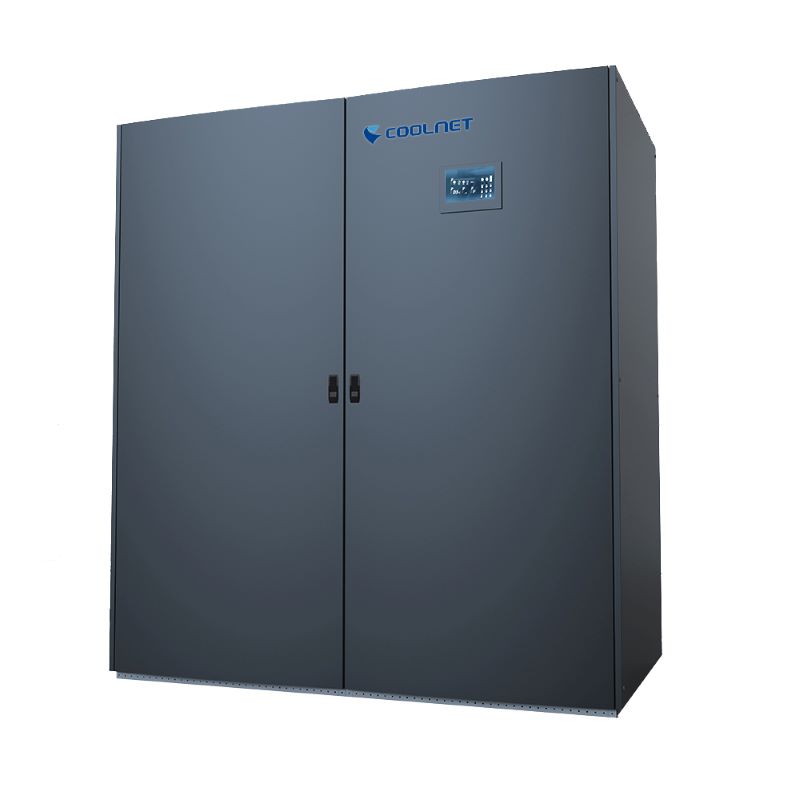
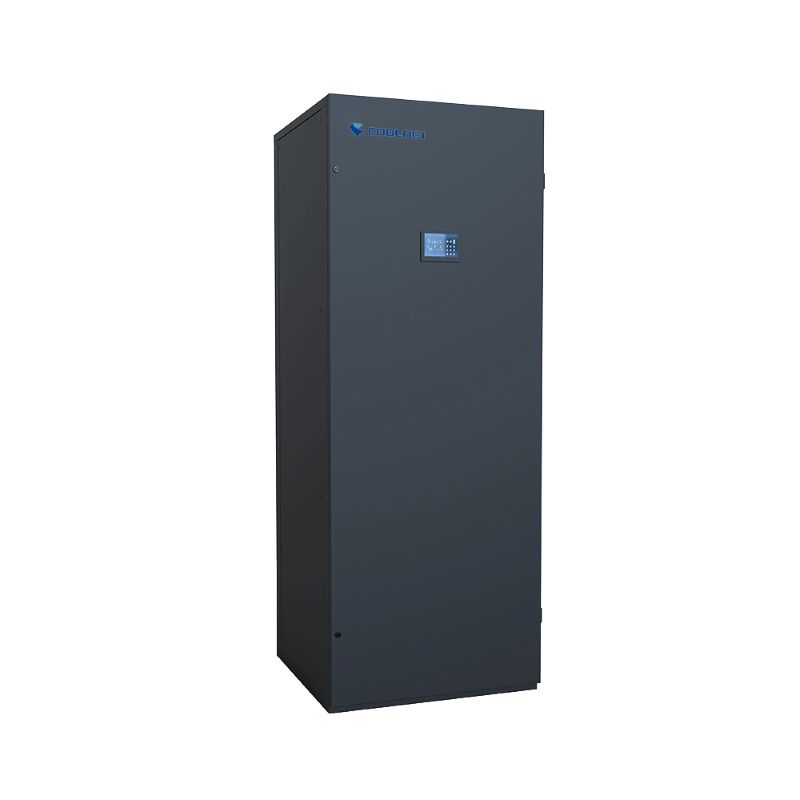
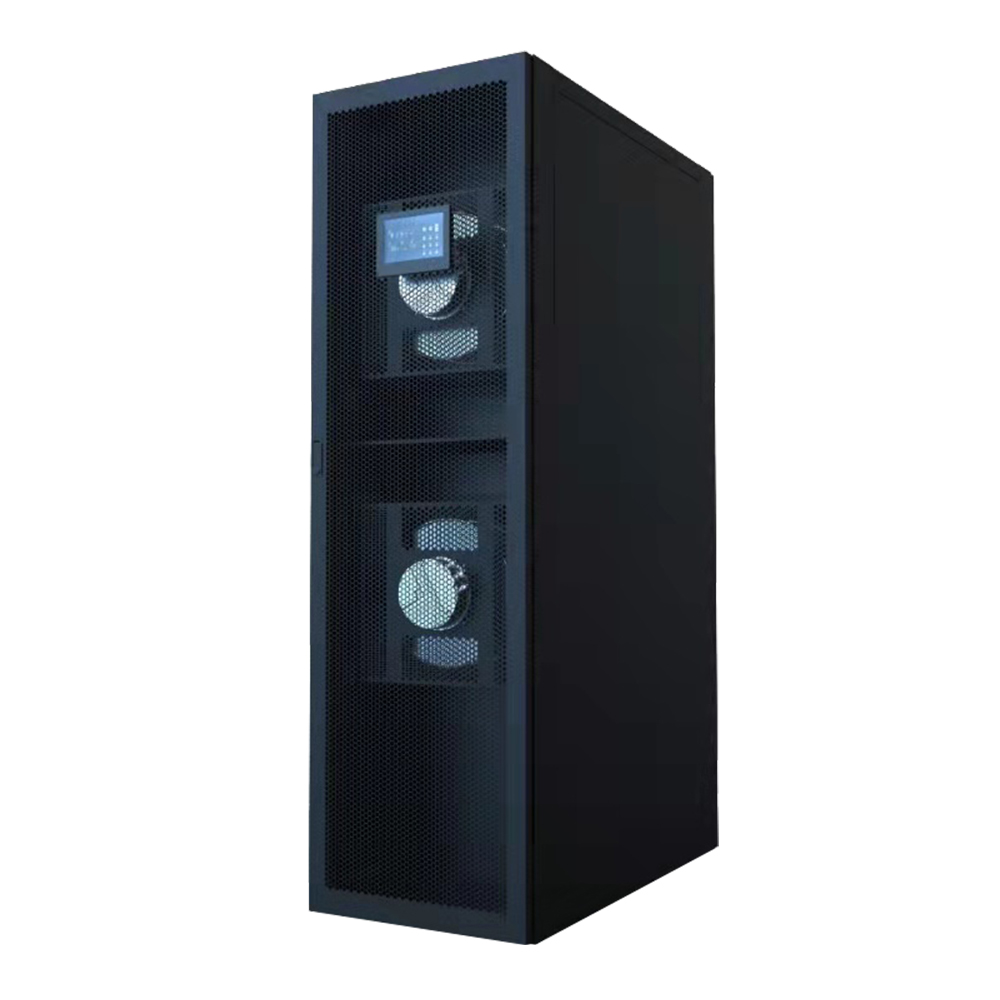
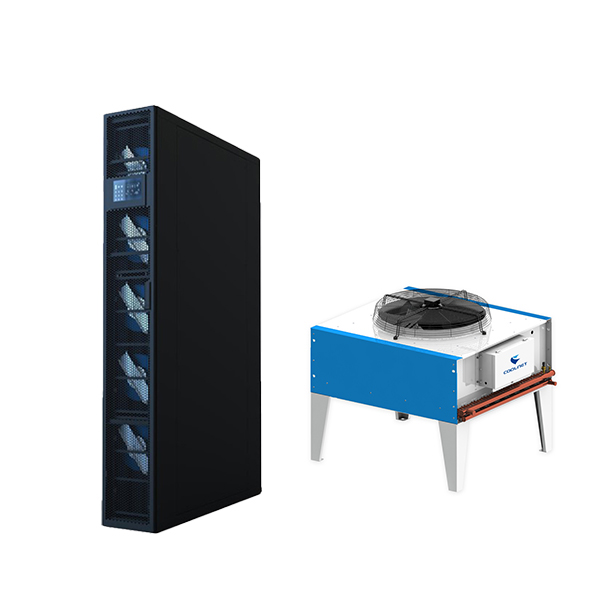
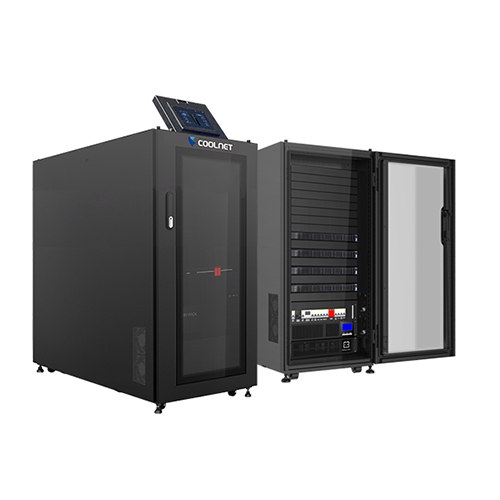
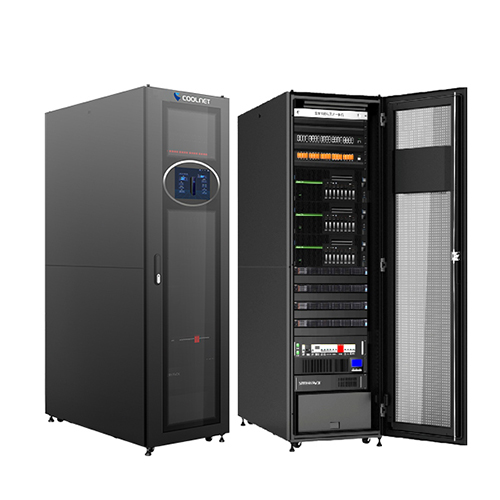
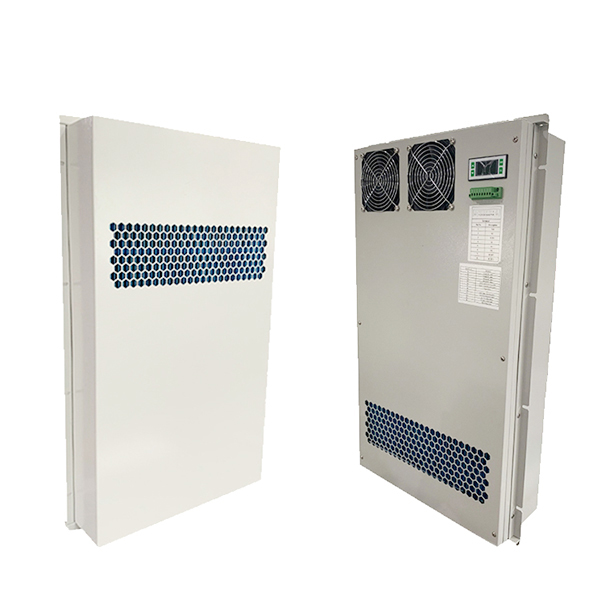
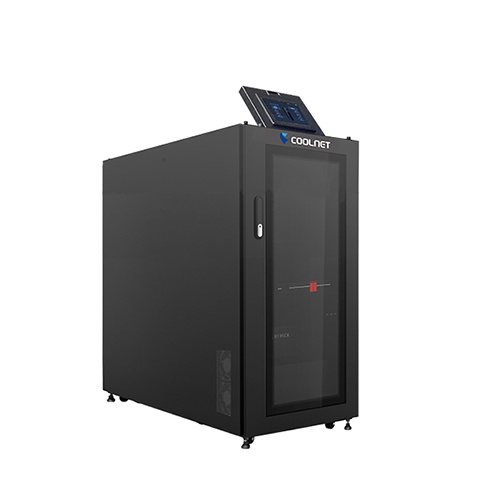






 IPv6 network supported
IPv6 network supported